The Pampa Country Club has a full 18-hole golf course combined with a well-equipped pro shop carrying the latest pro-line clubs, balls, equipment and clothing from many top brands.
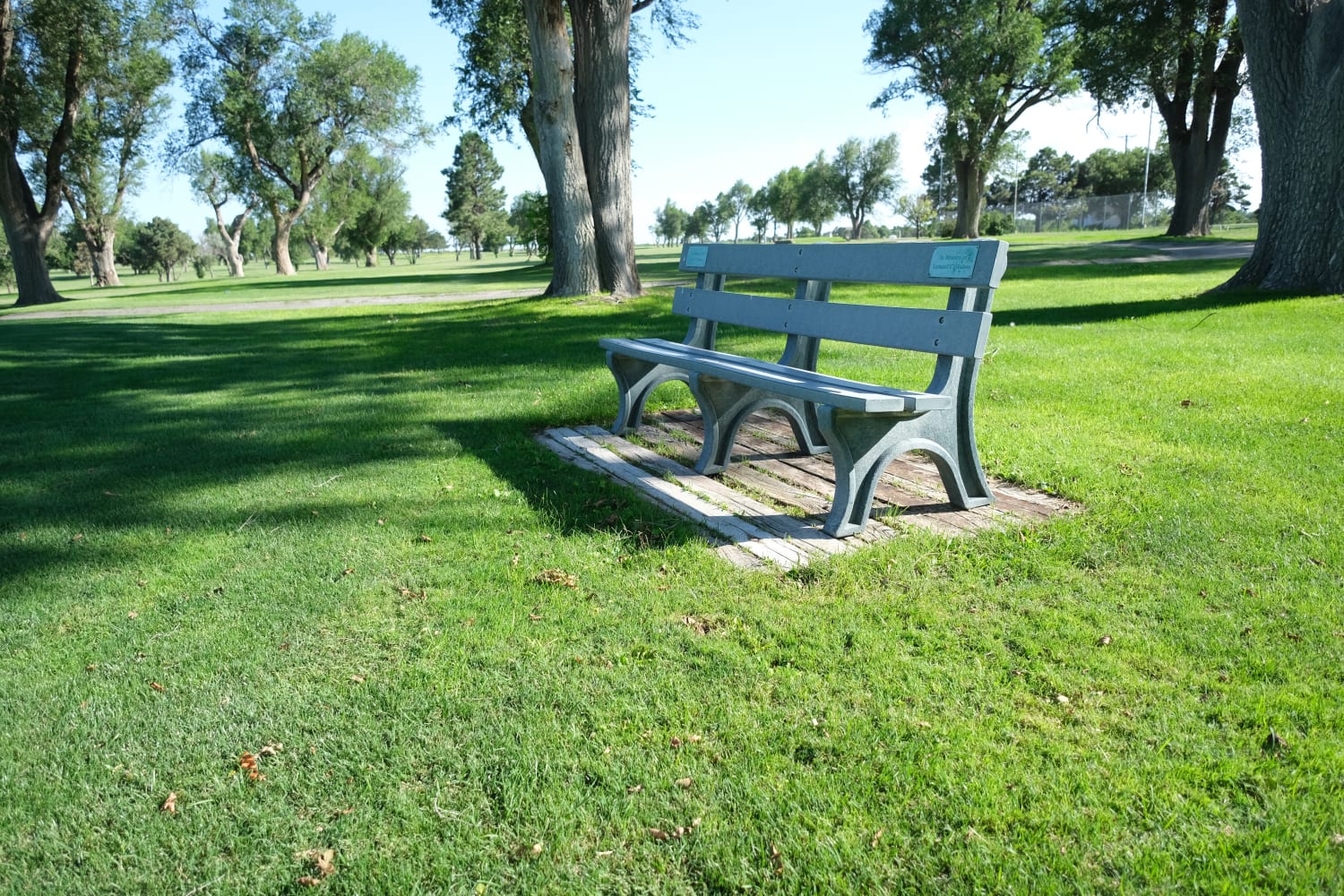
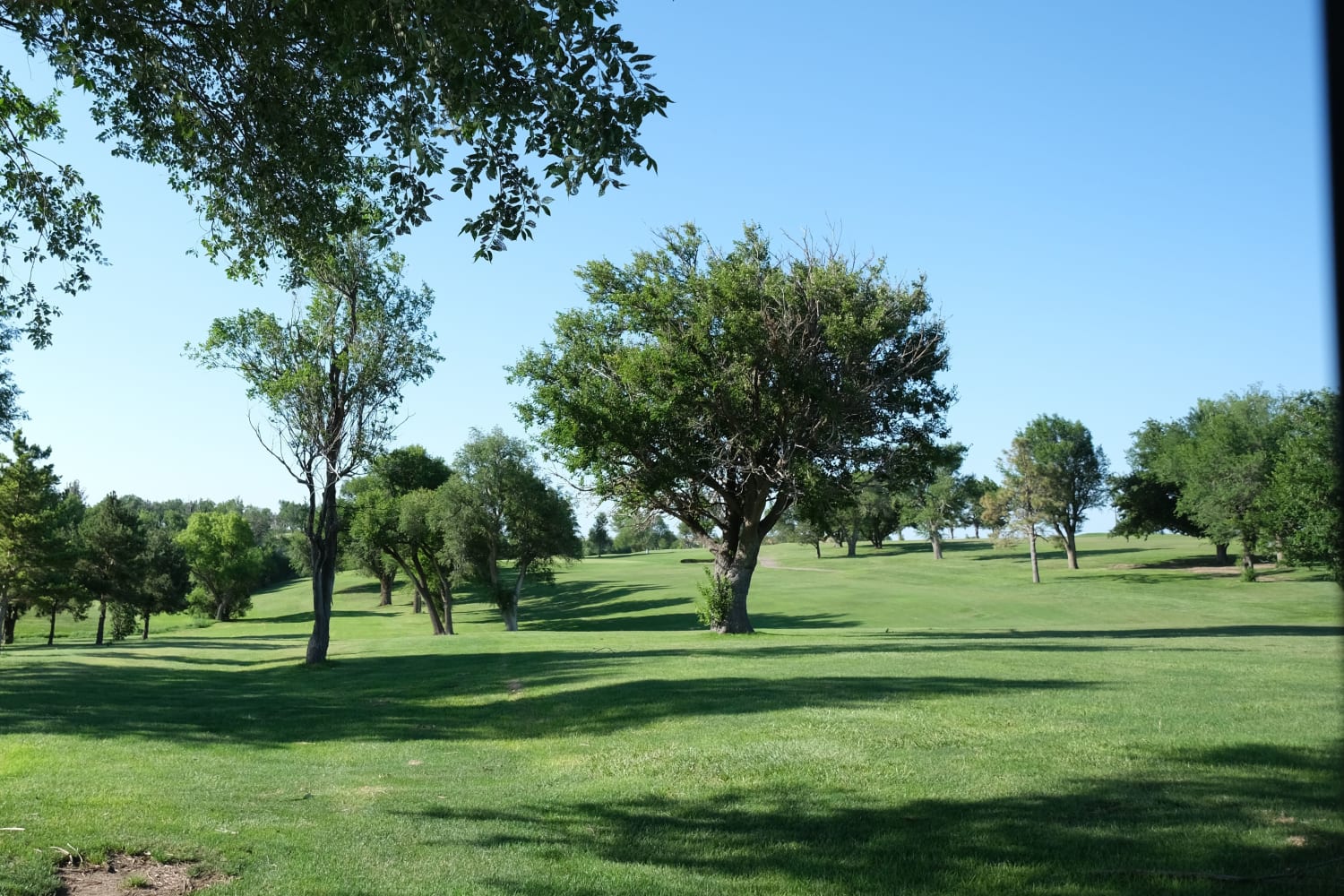
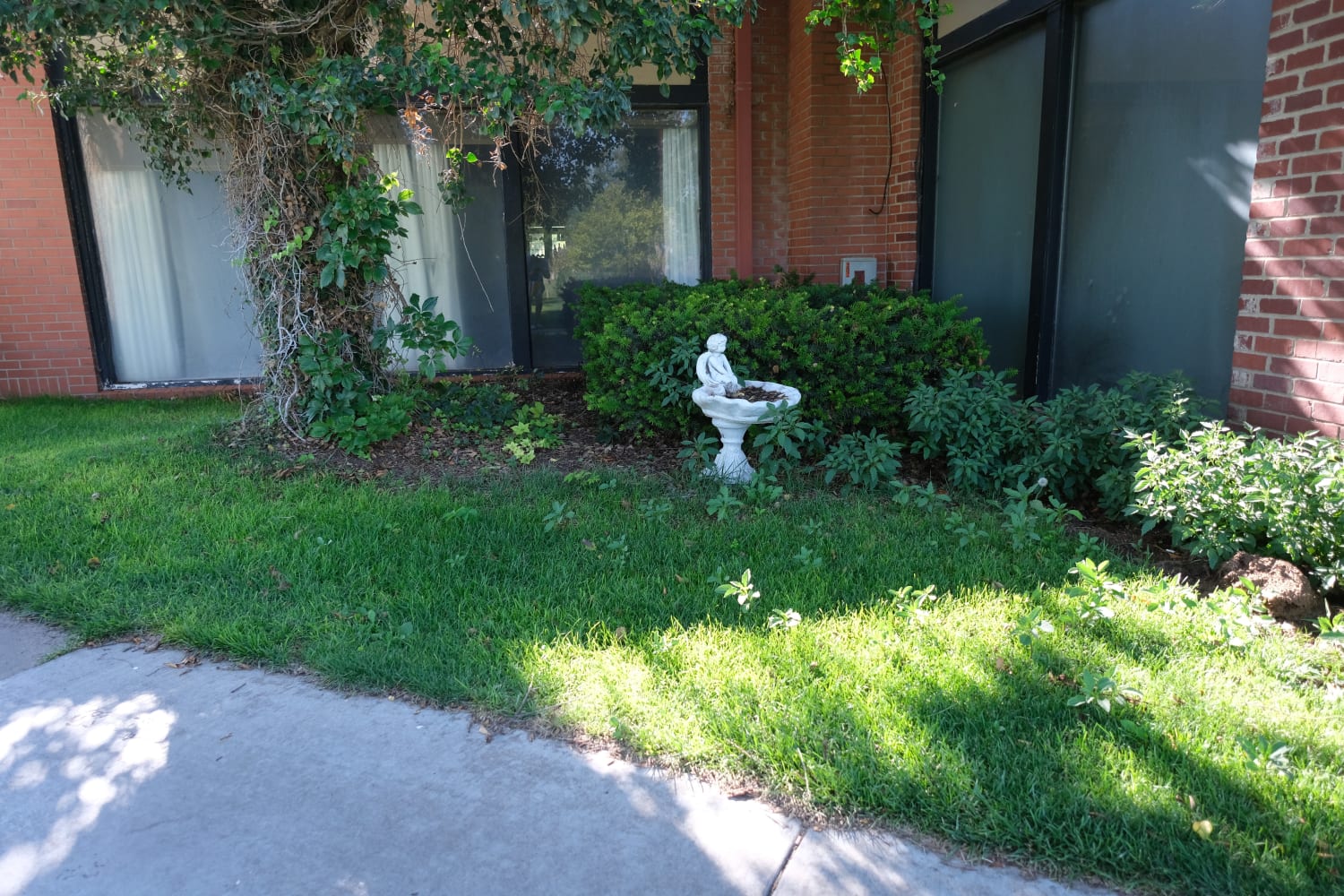
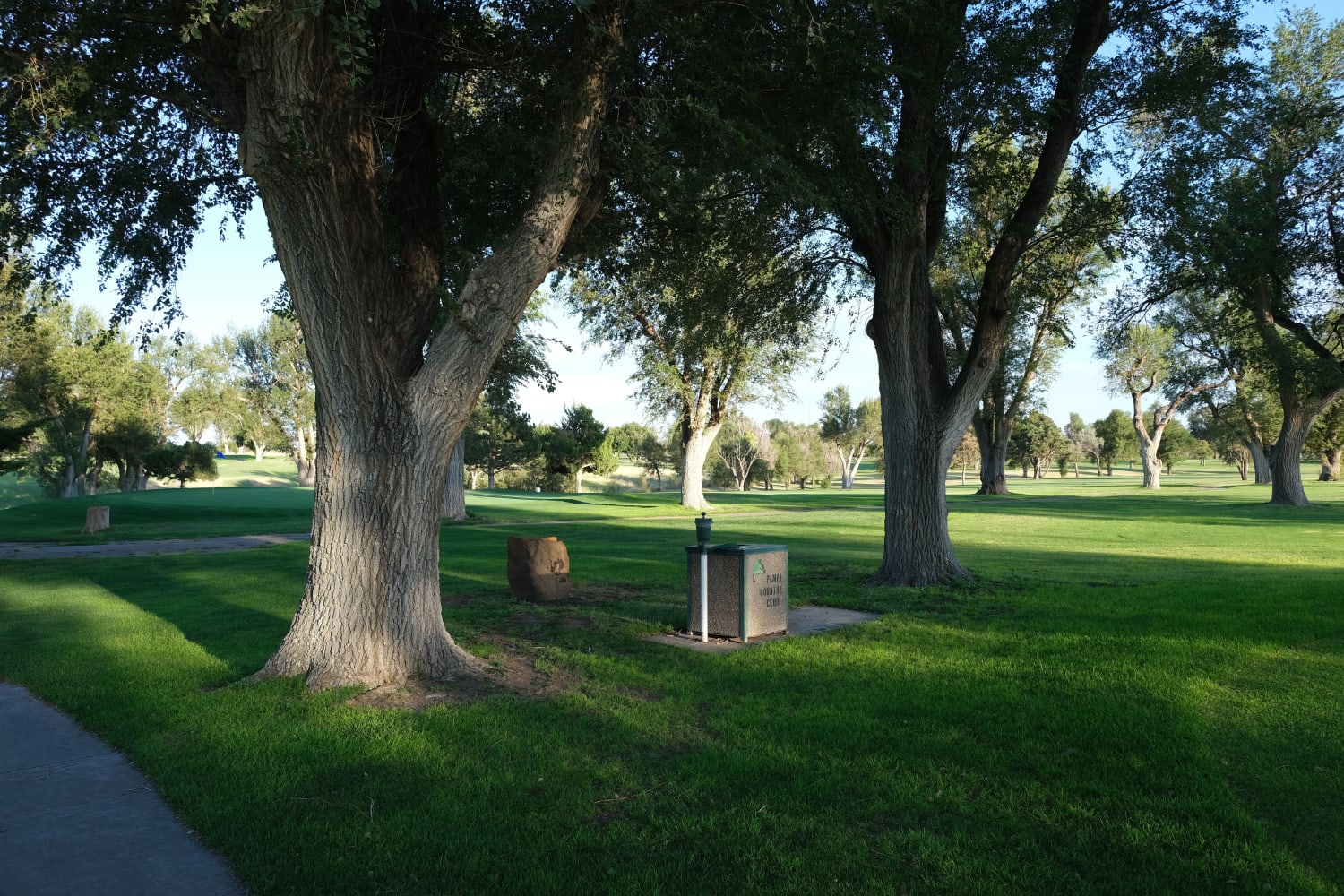
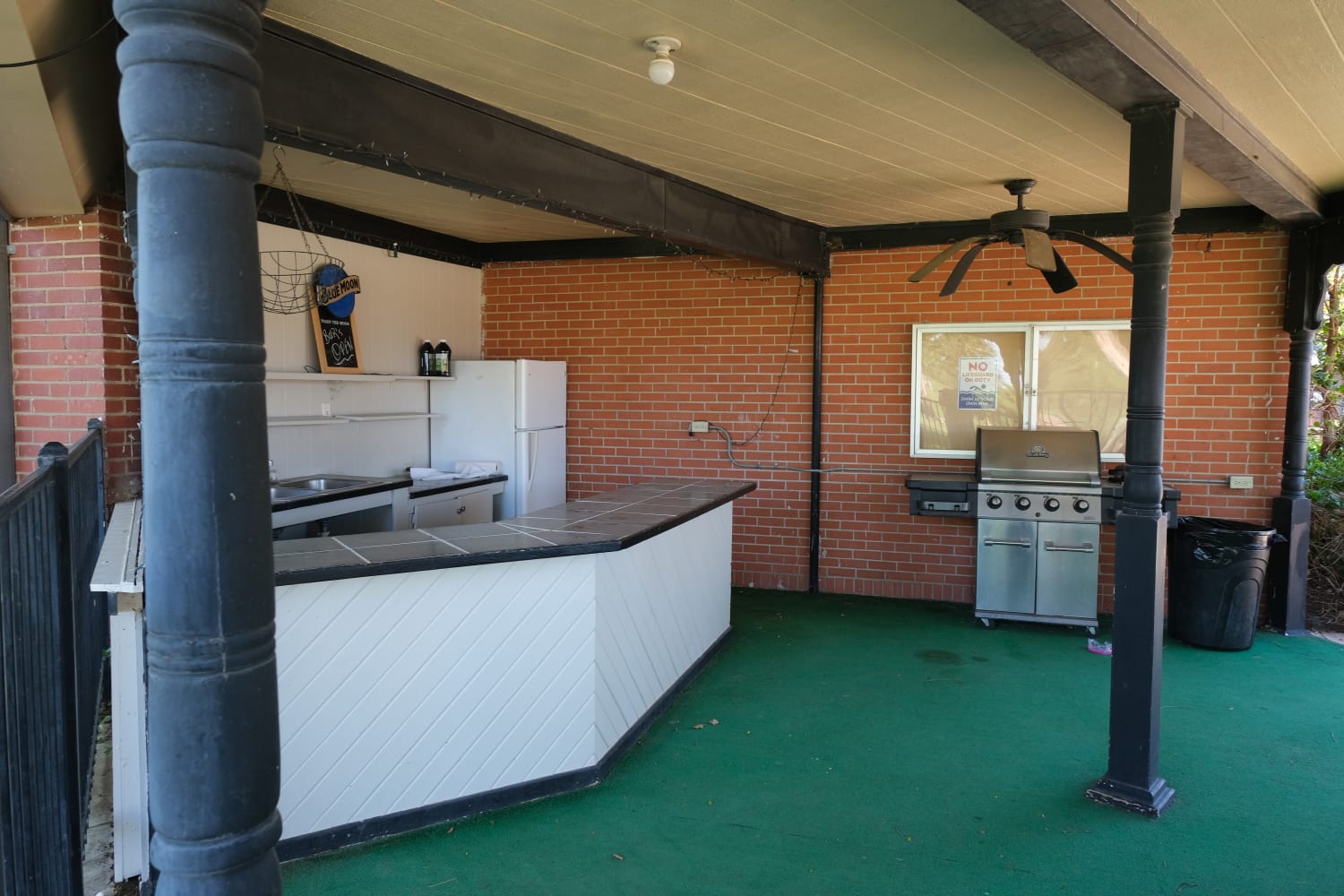
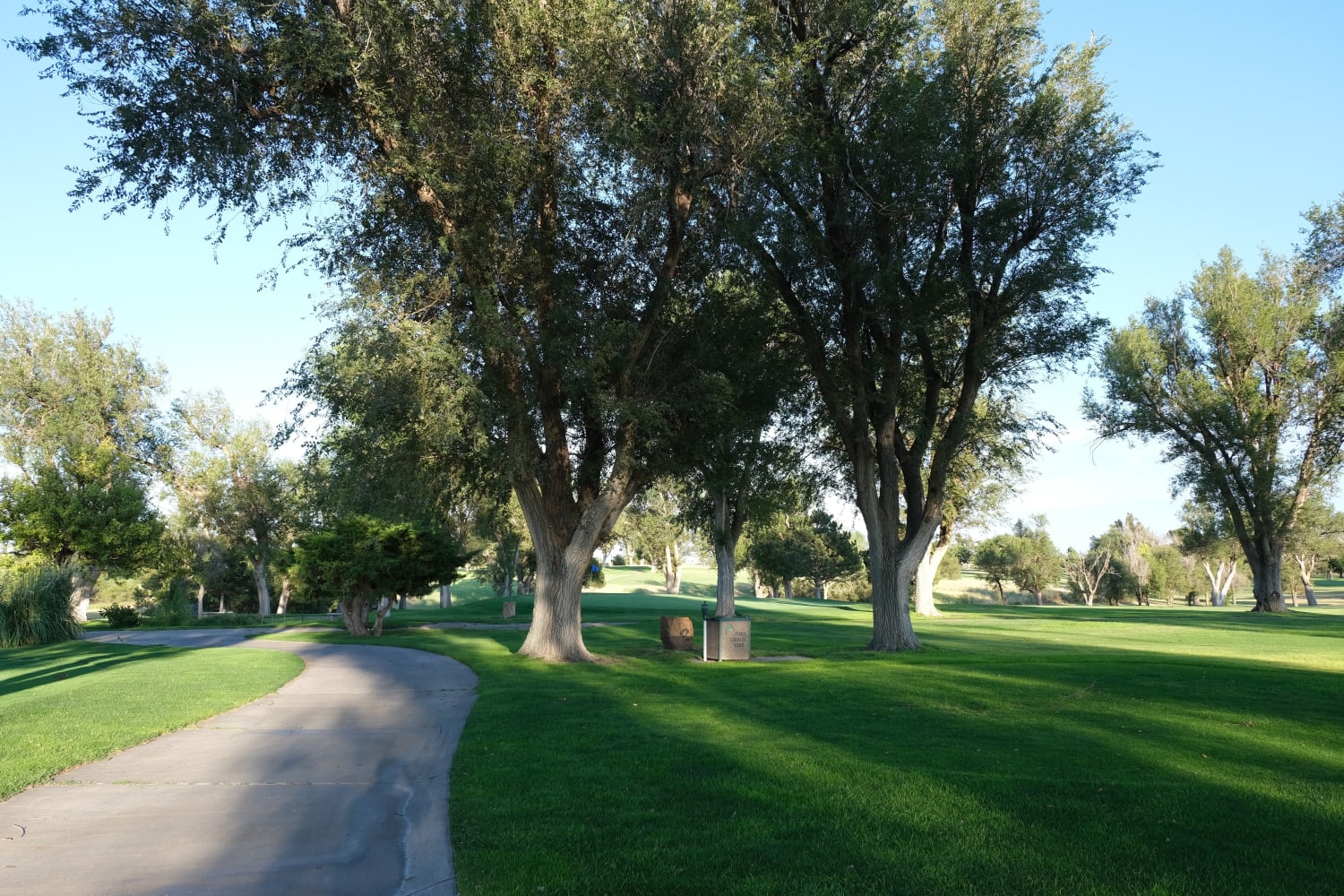
Apparel and equipment
The Pampa Country Club houses a well-equipped pro shop carrying the latest pro-line clubs, balls, equipment and clothing from many top brands. Stop by to shop, enjoy a refreshment, or visit with the friendly staff.
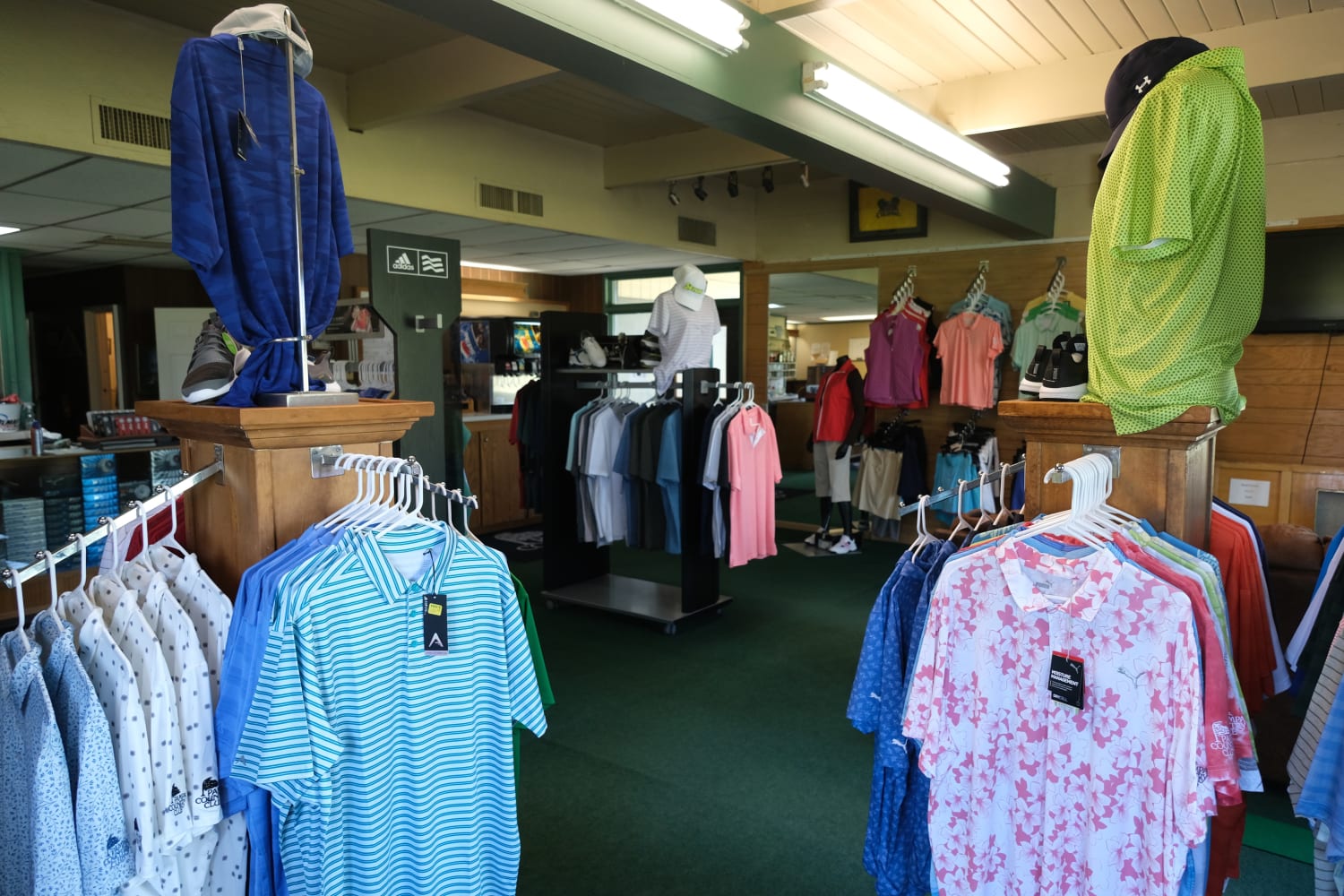
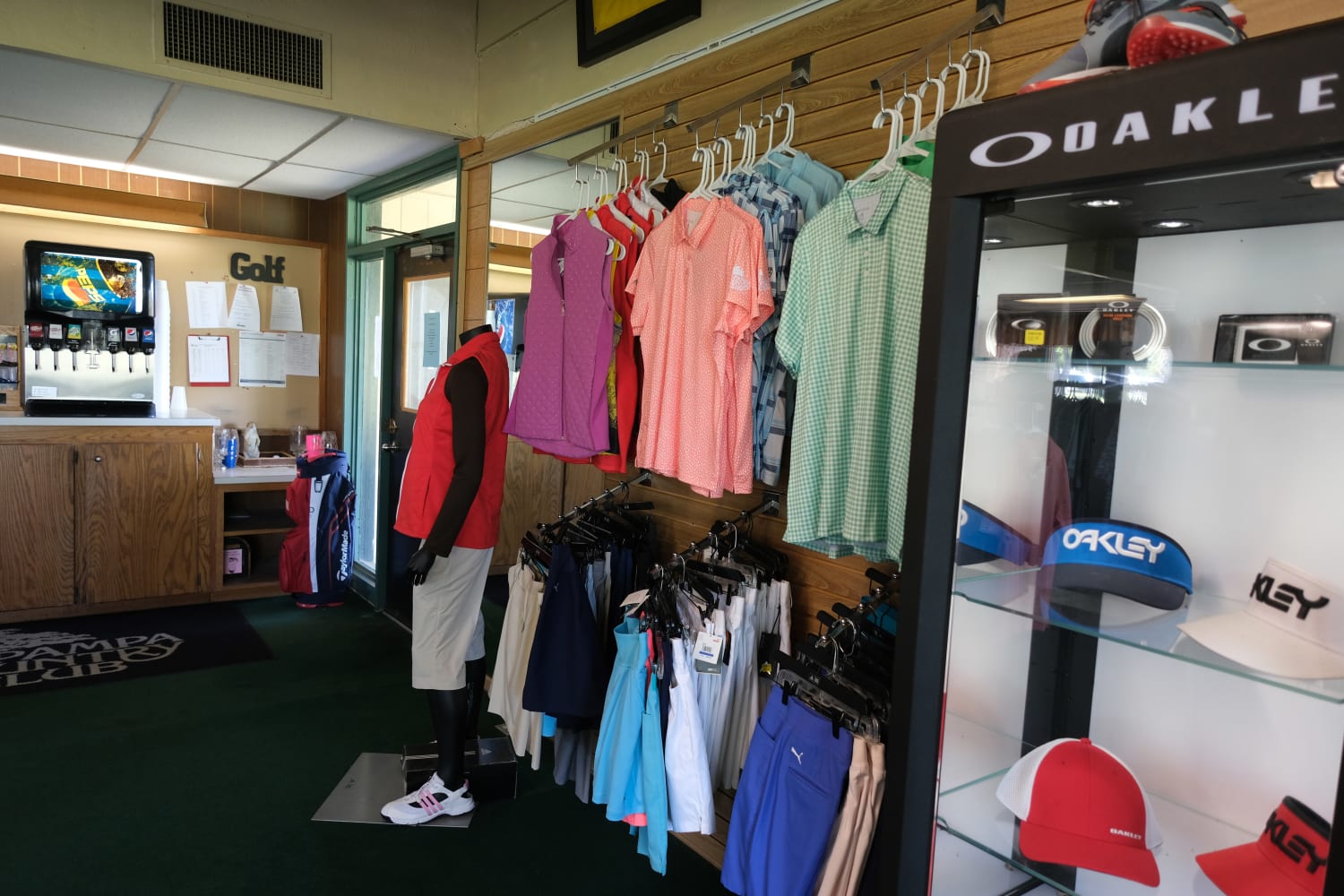
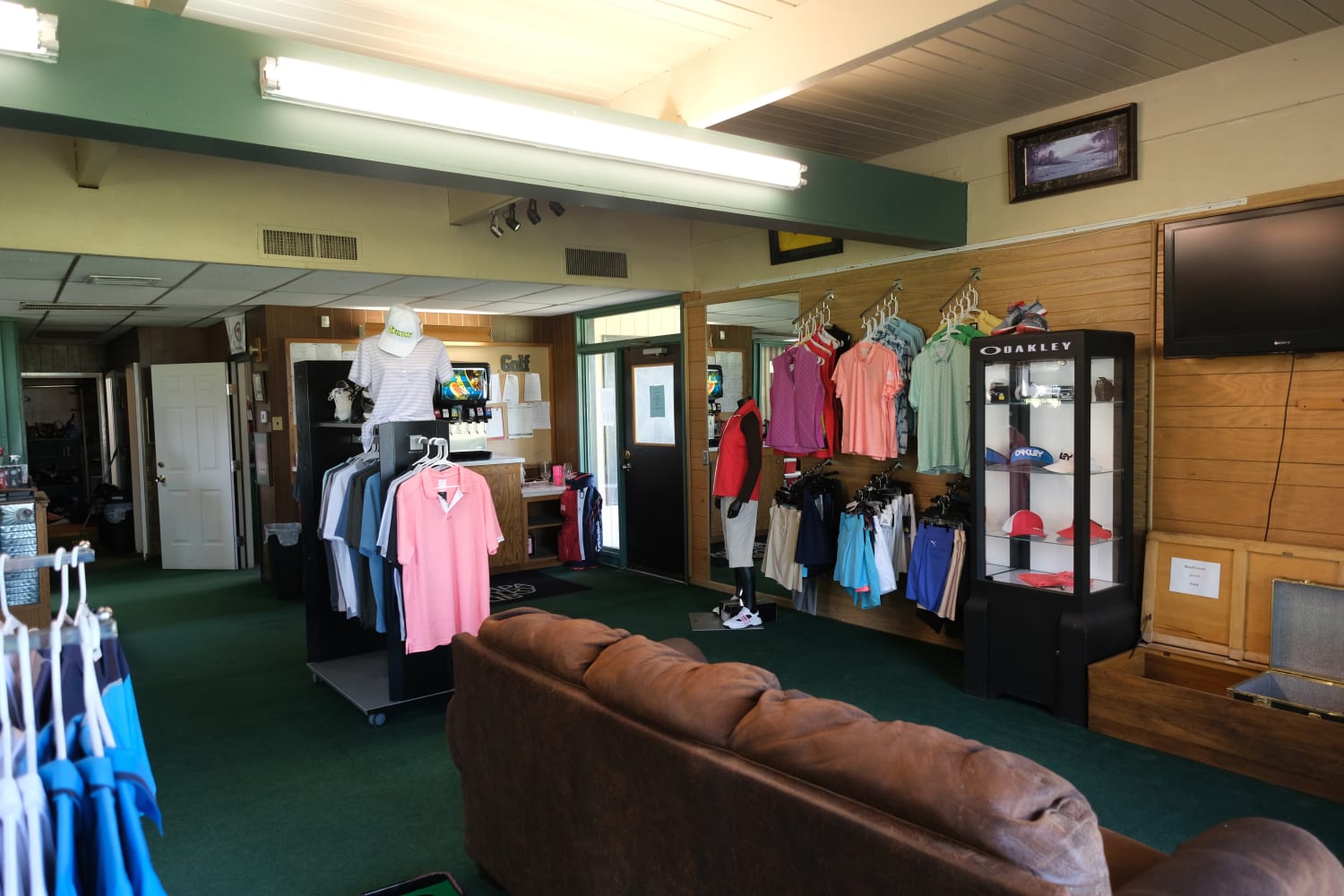
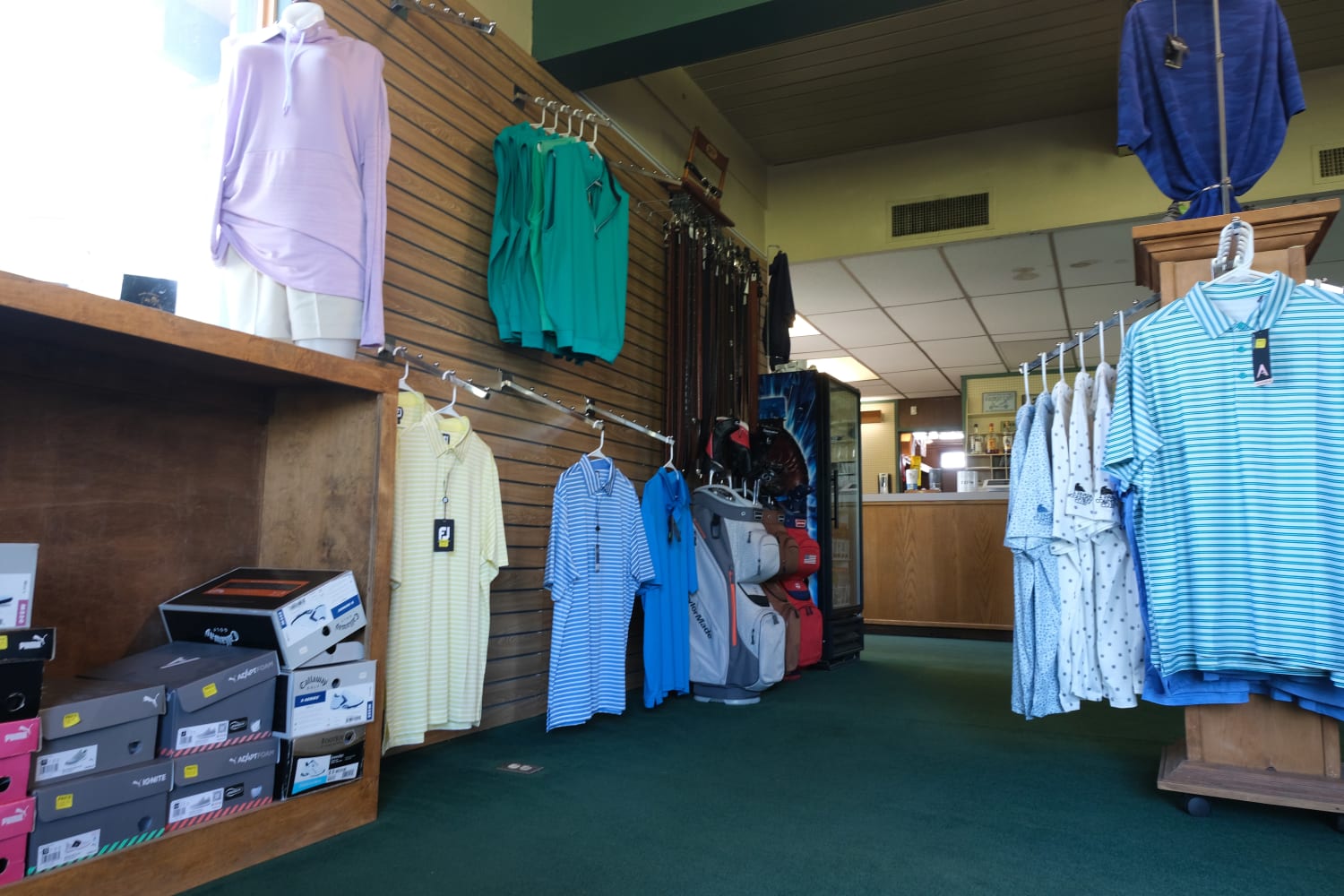
| Tee | Yardage | Rating | Slope |
|---|---|---|---|
| White (Front) | 5225 yds | 70.0 | 109 |
| Middle | 6030 yds | 68.5 | 112 |
| Blue | 6273 yds | 69.7 | 115 |
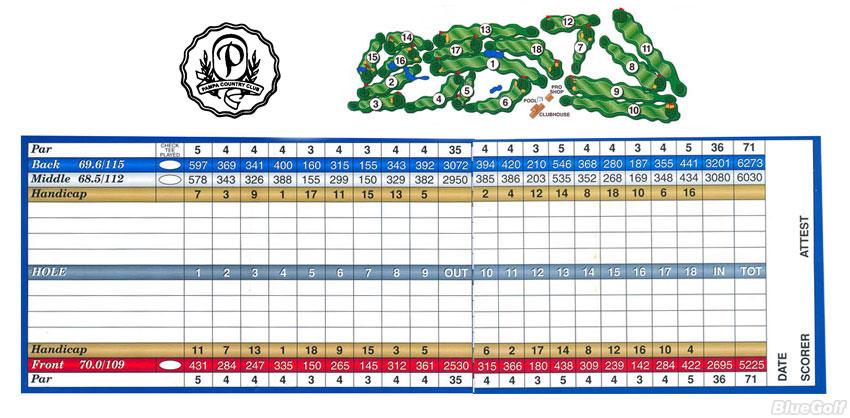
The Pampa Country Club at East Harvester and Loop 171 is located on land (Section 92, Block 3, I.& G. N. Survey) that Will Wilks bought from Frederic Foster (trustee for White Deer Lands) in 1915. Pampa Country Club bought from Will and Mora Wilks 100 acres for $8,000 in 1928, 30 acres for $3,000 in 1930 and (?)190 acres for $20,631.25 in 1959. Wilks owned land extending from Pampa Country Club westward to Dogwood, including East Fraser Additions No. 2 and No. 3.
In the period around 1915 when animals were allowed to roam freely over the town site of Pampa, Wilks hired Wade Duncan (then about 14 years old) to shoot the dogs that were attacking Wilks' cattle. About 1958, Roger McConnell, who moved from his farm west of Pampa to 1909 Dogwood, joked that he had moved from the country to live in "Will Wilks' cow pasture." Mora Wilks Park at the intersection of East Harvester and Evergreen and Mora Avenue, extending from Evergreen westward to 1300 Dogwood, were named for Mora Wilks, sister of I. B. Hughey, who built the Hughey House at 321 North West.
Perhaps the idea of a country club with a golf course began when M. K. Brown, C. P. Buckler and A. H. Doucette had their own private golf course. Their course was east of Hobart Street and extended from the railroad tracks to the "draw" (Red Deer Creek). Brown had the only set of clubs which the three men took turns in using. This early golf course may have followed Somerville Street because the abstract for the J. S. Skelly home at 916 North Somerville shows that the land was once used as a golf course.
The Pampa Country Club was organized in 1928 with $12,000 stock and shares selling for $200 each. The first stock certificate was issued to M. K. Brown on April 23, 1928. The first clubhouse was a small frame building near East Browning where East Harvester intersects. On June 10, 1928, the "Pampa News" reported that one of the most difficult nine-hole golf courses in the Panhandle would be opened that day to Country Club members and prospective members on the 103-acre plot east of the landing field (Lefors Street at NE corner of Twiford). The ground was bought outright by members of the club and the course was laid out by expert golf course architects. Numerous natural hazards, ravines, lakes and gullies made it extremely difficult to do the holes in par.
On February 12, 1930, H. Otto Studer, president of Pampa Country Club, announced that plans for a fine clubhouse had been approved and that placing of the stock necessary to finance the project was well under way. The club already owned the golf course, an investment valued at $15,000, and it was estimated that the proposed clubhouse would cost another $15,000. The building was to contain a reception hall with a dance floor 50 by 40 feet. There would be ladies' and men's lounge rooms, lockers, kitchen and dining room, and other facilities. Likely the kitchen would be built so that it could be used for hand ball. Construction was to be of brick veneer type. W. R. Kaufman & Son were architects for the proposed clubhouse, and a drawing of their conception appeared in the "Pampa News" on March 11, 1930.
The "Pampa News" for April 10, 1930 stated that plans for the clubhouse were nearing completion with the election of M. K. Brown as president and the appointment of several committees. The officers were M. K. Brown, president; H. Otto Studer, vice-president; C. P. Buckler and P. B. Carlson, joint secretaries; J. M. Dodson, J. E. Murfee and M. K. Brown, finance committee; Murfee, Dodson, Clyde Fatheree, W. J. Curry, Brown, Studer, Carison, Buckler and Lynn Boyd, directors. The clubhouse was to be located in a prominent place overlooking the rugged nine-hole golf course. It would be ideally situated with respect to location on the course and adjacency to the city. Golfing interest had increased to the point where it had become the most popular sport of adults, and 25 golfers were scheduled to go to Panhandle on Sunday, April 13, to play in an inter-city tournament.
Because of the Great Depression, construction of the clubhouse was post-poned. The Pampa Country Club, located 1/2 mile east of city, was listed for the first time in the city directory for 1933. The "Pampa News" for August 19, 1934 stated that the building committee of the Pampa Country Club would soon make a long-awaited announcement concerning final plans for a new clubhouse. The building committee was composed of Lynn Boyd, chairman, Bill Lang, L. N. McCullough, Mack Graham and Art Swanson. The clubhouse would be the best in the Panhandle outside of Amarillo. It would be paid for in cash as built, leaving no debt involved --- a fact of which club members would be proud. Likely the building would be placed immediately to the right of the 17th green which would then become No. 18. The natural slope at the site and the verandas of the building would give a good view of both beginning and ending of matches. The golf course was already known as one of the best in the section.
The "Pampa News" for November 21, 1934 reported that the contract for the beautiful new clubhouse at the Pampa Country Club had been awarded to W. A. Mullinax and that construction of the building would soon be started and rushed to completion. The red brick building would contain a ball room 30 by 50 feet, men's and women's lounge rooms, kitchen with built-in features, locker rooms, lobby, check room and large veranda. The officials also voted to build a dam west of the fairway on No. 10 hole to make an artificial lake. Water would be backed across the fairways on holes one, nine and ten.
After Fred and Clotille Thompson were married in 1937, Clotille began going to the Pampa Country Club with Fred. All of the men enjoyed playing on the nine-hole course and some of the women were players also. As the population of Pampa grew, so did the club membership --- to the point that it was decided to enlarge the clubhouse and the golf course. A good designer was hired to plan an 18-hole course. While plans for the clubhouse were being discussed, some of the women who had small children with nothing to do, suggested that they might have a swimming pool. Fred, speaking for the men, declared emphatically, "We don't need a swimming pool," Then Clotille bravely retorted, "Well, we don't need a golf course either." After much discussion the men agreed to have a swimming pool mainly for the children --- but in years to come, the pool was greatly enjoyed by young people and adults as well.
Before the clubhouse was enlarged meals were not served on a daily basis--- the kitchen and dining rooms were too small and there was not enough money. After the dining room was enlarged, the club employed an excellent cook to pre-pare food when requested --- perhaps a banquet once a month. Members of the club --- six or eight couples at a time --- took turns in serving the meals. They filled plates in the kitchen and carried them to the dining tables. There was a lot of joking and teasing and scanty tips for some of the men who were awkward waiters. Much of the money for enlarging the clubhouse was obtained from the use of slot machines that could be rented by various organizations. The machines were "hot" and kept running constantly.
Mrs. W. C. (Pearlie) Mitchell and Mrs. I. B. Hughey were avid players and occasionally a young person might sneak in to try his luck. About 1947 the state of Texas passed a law making slot machines illegal and the club had to abandon this lucrative source of income. In 1954 a contractor from Amarillo was employed to remodel the entire club building at a price of $160,000. In 1961 a sprinkler system was installed. Loans for both of these improvements were repaid entirely. In 1974 Ronnie and Joy Rice provided the trees planted on each side of the driveway leading from Harvester Avenue to the entrance of the clubhouse. Through the years, golfing has been an important activity at the Pampa Country Club.